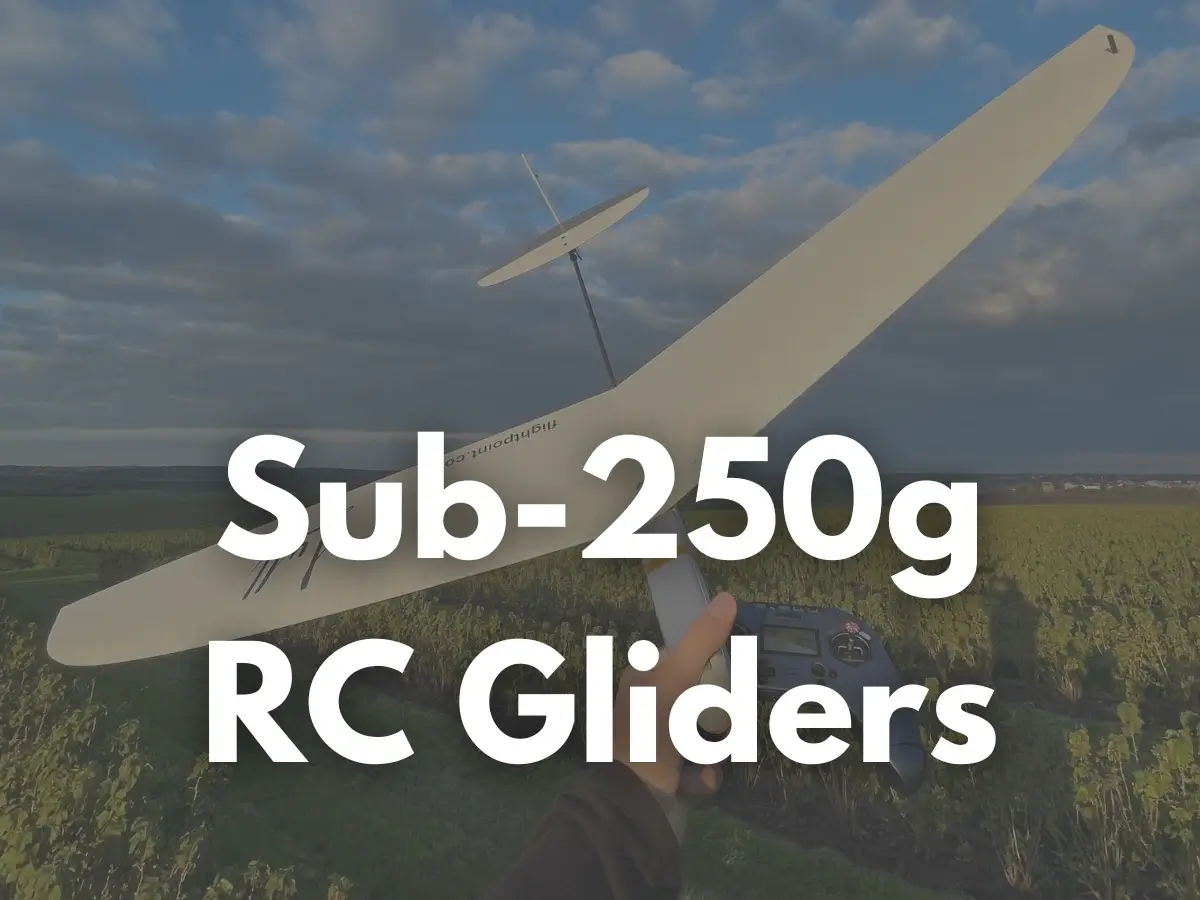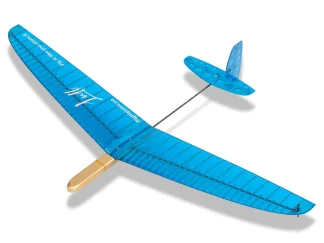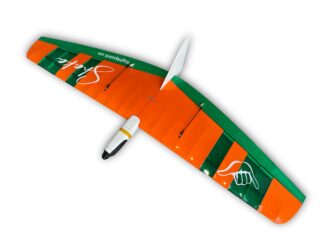
The 250 g limit for RC flying vehicles became a thing in more countries in recent years.
Many official institutions have already applied it to their corresponding aerospaces.
So, to stay out of trouble, you choose a sub 250 g RC glider and fly wherever you wish…
Mostly…
Let’s see if that’s that simple, and if so, what RC gliders are available for you.
What Counties Have A 250 g Rule

The 250 g rule is widely recognized in:
- United States — recreational drones under 0.55 lb (≈250 g) do not require FAA registration. FAA
- Canada — “microdrones” under 250 g are exempt from registration and pilot-certificate requirements. Transport Canada
- European Union / EASA — drones under 250 g (C0) fall into the lightest Open subcategory (A1) with much lighter requirements. EASA
- United Kingdom (CAA) — current UK rules treat 250 g as an important threshold for Flyer/Operator ID requirements. CAA
- India — “Nano” drones ≤ 250 g are the lowest category and are exempt from many registration/certificate rules. DidgitalSky
- China — CAAC regulations apply to civil UAVs with a maximum takeoff weight below 250g. CAAC
Japan has shifted to 100 g, and some other countries, like New Zealand, regulate all small UAVs the same way without a 250 g carve-out.
Which Sub 250 g RC Gliders Are Available For You
Luckily, there are a bunch of options for great RC glider models under 250 g that you can fly.
Depending on your requirements, you can look for the following.
DLG Gliders
Discuss Launch Gliders come in various sizes, starting from the Feater class with 600mm wingspan and up to full-size F3K Gliders at 1500mm wingspan.
The weight of all these can easily stay below 250 g to give you peace of mind anywhere in the world.
Let’s take a few examples.
The Bug DLG is a great feather-class RC glider that you can scratchbuild under 150 g and fly at a local park.
The Lull DLG provides you with a bigger wingspan – 1.2 meters, which means better visibility in the sky.
In addition, it comes in a kit, so all you need to do is assemble it, without the hustle of sourcing the materials required for the build, like with the Bug.
The weight of it is way below 190g, so you are in the safe zone with it.
Going further in size, you will need to look for the molded carbon-fiber models. Since it’s the only way to stay below the weight limit in the 1.5-meter size.
You also need to look for the versions of these models. These can be as light as 200 g or under for the ultralight setups and up to 250+ g for the strong layups.
I.e., the Falcon F3K glider can have a flying weight under 200 g in a light layup version, built with KST X06 servos.
At the same time, the split-wing version in a strong layup will go beyond 255 g.
Then, add some ballast for the rougher weather, and you are well beyond 300 g.
So make sure you choose a proper model that will be under 250 g to fly everywhere.
F5K Gliders
If you are more into powered gliders, then F5K, aka eDLG, is your second-best option.
I.e., the Sabre F5K is a great option that is easily 220-240g
Since you don’t need that extra rigidity of a DLG, F5K gliders will naturally have a lighter airframe.
This justifies an additional gear, like the motor and propeller, and a heavier LiPo battery.
Just search for it, and you will find a bunch of options for either brand new, say Falcon F5K, or used RC gliders.
Slope Gliders Under 1-Meter
Slope Soaring is a different league.
You can certainly fly the models above on the slope, but with 2-channel gliders, only to a certain wind speed.
4-channel DLGs will hold it together for longer, due to the speed camber settings, but landing on the rough mountain might be challenging.
So it’s better to choose a specific model.
The Shaka is a great example.
It’s light, portable, and easily stays below 250 g AUW even when built with a motor and prop in front.
In addition, it can fit into a backpack to take with you on a hike and enjoy the flight during your rest time on the peak.
Some more RC flying wings will also serve you well for the slope fun.
The great thing – you can scratch-build a lot of these on your own.
FPV RC Gliders
On the flipside, you can also find a bunch of ready-made RC gliders intended for FPV flying.
A great example is a ZOHD Drift.
It is designed to fit under the 250 g weight limit with all the FPV gear, so if you skip that, it will be well below that.
Bottom Line
As you see, there is a bunch of options for sub-250 g RC gliders that you can enjoy almost anywhere in the world without any legal procedures.
So, do your own research, choose your “weapon” and go flying.
And make sure to have great fun regardless of the weight of your RC glider.
Fly Safe!

